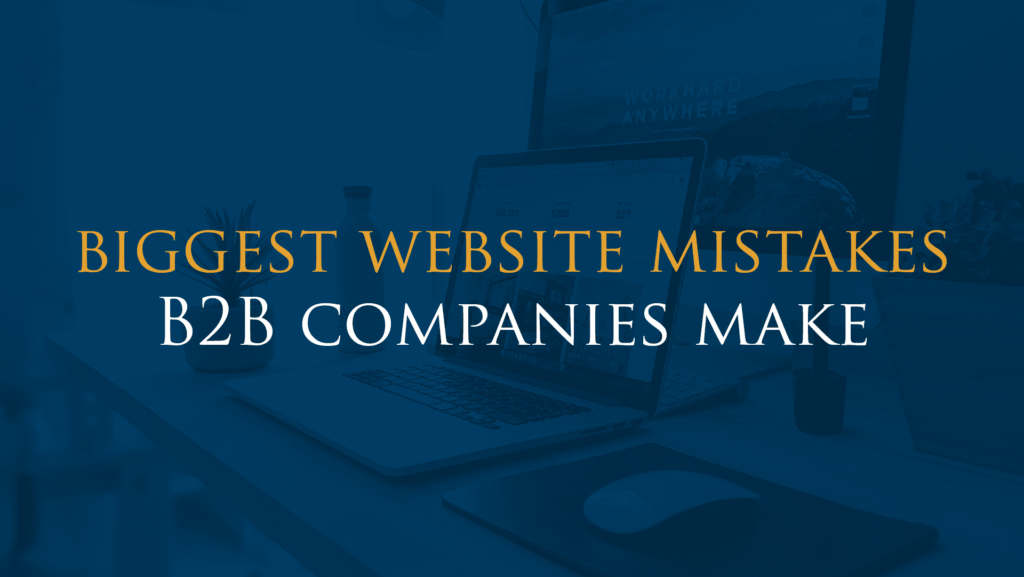B2B company websites can be powerful tools for prospect generation… if you know what you’re doing. As a fractional CMO team, Gladiator has improved dozens of websites. These are the top issues we come across again and again no matter the industry:
- Designed with no user journey in mind
- Lack of transparency for sales process
- Insufficient thought leadership planning
- Poor brand implementation
- No SEO strategy
No User Journey In Mind
The first step for website content development is outlining what the user journey will be. Who is the website for and what actions should they take? Simple user paths with easy to follow next steps are crucial to convert a quick visitor into a client.User Journey Test
Go to your website home page and pretend you have never visited your website before. Now choose an action that you would want this new user to take. It could be:- Subscribe to a newsletter
- Submit a contact form
- Schedule a consultation/demo
No Seamless Sales Process
Your company website should be a reflection of the company’s sales process. Before a company hires someone to design their website, they need to write down their sales process. This documented process will then be implemented into the website. It is very obvious when a company builds the website first and then implements the sales process as an afterthought.Sales Process Test
The way a sales process is implemented on a website varies from industry to industry but they all include aspects outlined below. Remember, the point of having a sales process is to collect prospects to send into a sales funnel.- Initial Offering This is the hook that makes people bite, and by bite we mean give you their contact information.
- Contact Form This is how people provide their information. Contact forms should require minimal effort on the part of the prospect and include basic information fields as well as a self-identifying option so that they can be sorted. This could be as simple as a drop-down menu with an option for the person to identify what services they are interested in. They should also be easy to locate, whether as a button in the menu, pop-up or messenger option.
- Follow Up Channels Once you get the potential clients’ information the most important step you can take is to follow through. What is the next step you want the prospect to take? Communication can be done through automated emails, regularly scheduled newsletters, follow up calls, automated text messages, and much more. It takes about 7 touch points with a prospect to land a contract.
Not Leveraging Thought Leadership
Thought leadership is how you set your company apart from your competitors. A strong content strategy can take your website to the next level and position the company as an industry leader. But many companies fail in this area because they don’t have a blog, white papers, case studies or other resources on their website. Additionally, many companies don’t properly leverage these materials when they do exist.Thought Leadership Test
As a company you have done the work to put together case studies and the blog is updated regularly. However, having content doesn’t do much for prospect generation if you don’t strategically utilize the content.- Do you align a social media campaign for each piece of content?
- Does each piece of content have a tailored call to action?
- Is each piece optimized for search engines? (We’ll touch more on this later.)
- Are there email campaigns created for each item?
Poor Brand Implementation
A brand is a representation of the values and offering of a company. It’s how you build a reputation and is a great way to leverage recognition, starting with your website. Visually stunning design coupled with strong brand messaging can propel you past your competitors and take your company to the next level. A brand is more than just a logo, but a logo is a great starting point. Powerful logos come from a strong sense of understanding your audience and how they relate to your company.Branding Test
- Are people unsure about what your company does?
- Can people easily find your company on platforms across the internet?
- Does your brand establish you as an industry expert?
- Are all the brand elements cohesive (logo, color palette, font, etc.)?


